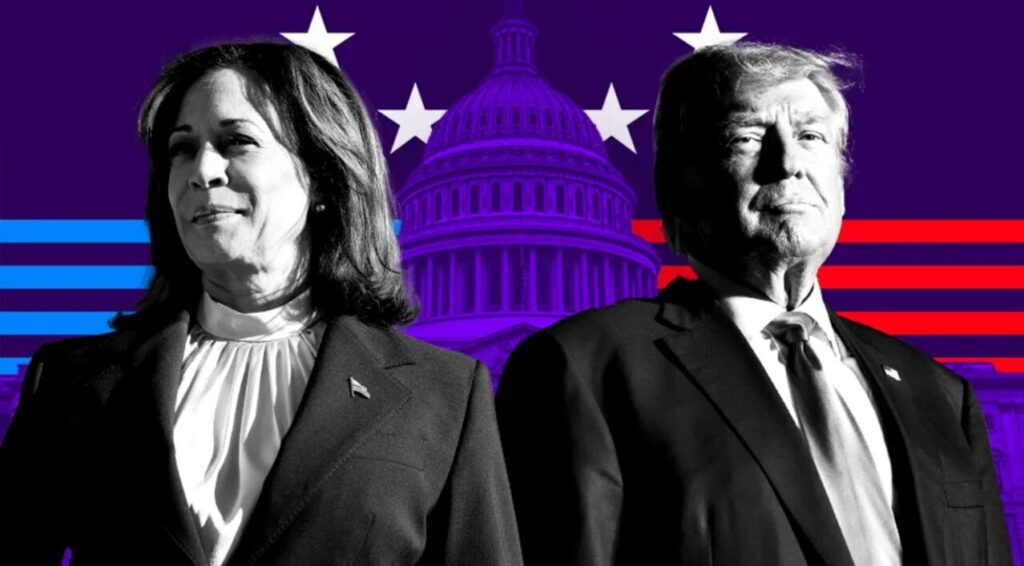Voter Verification and Privacy Concerns
In addition to cybersecurity, voter verification and privacy have become focal points in discussions around election technology. Inspired by practices in places like Taiwan, some experts are proposing new approaches to digital identity verification.
Taiwan has implemented a system that maintains users’ anonymity while verifying they are real people. This model seeks to balance privacy with accountability, offering a potential solution for curbing the spread of disinformation.
For the 2024 election, the U.S. is exploring similar strategies to enhance transparency without infringing on voters’ rights. Verifying voters’ identities could help limit the impact of misinformation by ensuring that content shared online is tied to legitimate accounts.
However, privacy advocates caution against measures that might inadvertently erode civil liberties. “The balance between privacy and transparency is delicate,” says Sparrow. “We need to avoid creating a surveillance state in the name of election security.”
Social Media Giants Under Pressure to Combat Disinformation
The influence of social media platforms on elections is another significant concern. Platforms like X (formerly Twitter) and Facebook are facing pressure to enforce stronger policies against AI-generated misinformation and deepfake content. Both platforms have pledged to implement clearer labeling for synthetic media and conduct crisis simulations to handle disinformation surges.
In preparation for the election, tech companies, journalists, and civil society organizations are engaging in scenario-based exercises. These simulations aim to prepare for last-minute disinformation campaigns, which could be launched to influence voter behavior in the final days before the election. By implementing these measures, social media companies hope to restore public trust and ensure voters have access to accurate information.
Challenges Ahead: Building Public Trust Amid Technological Uncertainty
While technological advancements have the potential to enhance the democratic process, the 2024 U.S. election highlights the risks associated with an over-reliance on technology. Misinformation, cybersecurity threats, and privacy concerns are just a few of the obstacles election officials face as they strive to maintain a fair and transparent election. Experts warn that, while technology can improve security, the social and psychological impact of misinformation poses a unique threat.
Trust is the linchpin of any democratic election. As Sparrow notes, “The best technology in the world won’t matter if voters don’t trust the process.” The steps taken in 2024 — from watermarking AI content to strengthening cybersecurity and implementing verification protocols — mark an important effort to rebuild this trust. However, only time will tell if these measures can effectively counter the challenges of a digital age.
Conclusion: Navigating the Future of Technology in Elections
The 2024 U.S. election underscores the dual role of technology as both a tool and a threat to democratic integrity. With AI at the center of both innovation and concern, election officials, tech companies, and voters alike are navigating an unprecedented landscape. From AI-generated content to enhanced cybersecurity and voter verification protocols, these technologies represent both progress and peril.
As the election nears, the focus remains on ensuring that technological advancements enhance, rather than undermine, democratic values. For voters, transparency, accountability, and security are more critical than ever. As the digital age continues to reshape the electoral process, the lessons learned from 2024 will undoubtedly influence future elections.
